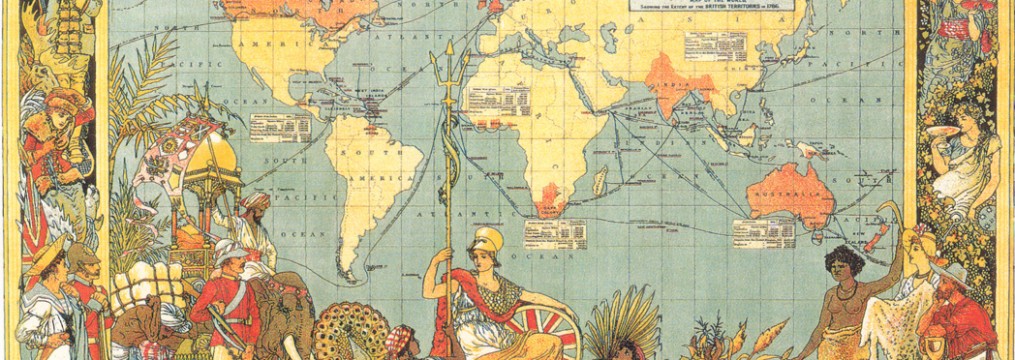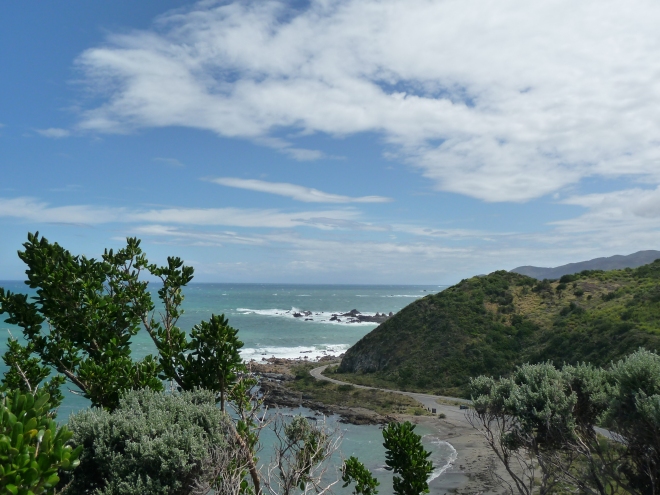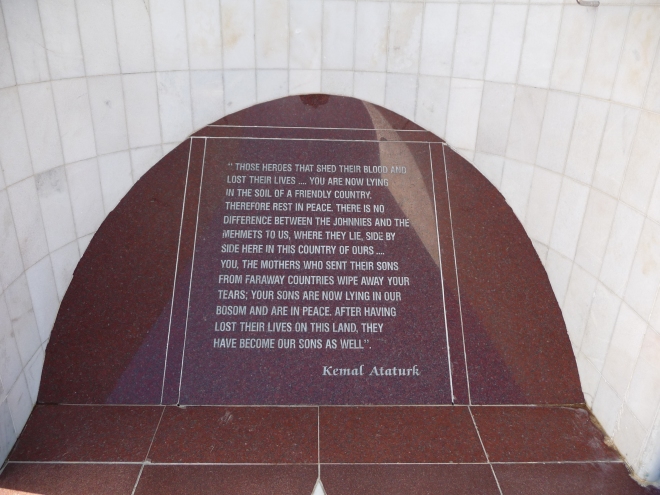I went to the Ataturk Memorial recently. It wasn’t in Salonica where Ataturk was born. It wasn’t at Ankara which Ataturk created as Turkey’s capital in place of Istanbul. It wasn’t on the cliffs of Gallipoli where Ataturk led the Turkish forces to victory against the Allies in the First World War. The memorial I visited is high on the southern peninsula of Wellington harbour, far away from Turkey in a country Ataturk never visited.
The wording on the memorial, written by Ataturk in 1934, is the same as on the memorial at Anzac Cove.
Those heroes who shed their blood and lost their lives, you are now lying in the soil of a friendly country. Therefore rest in peace. There is no difference between the Johnnies and the Mehmets to us where they lie side by side in this country of ours. You, the mothers who sent their sons from far away countries wipe away your tears, your sons are now lying in our bosoms and are in peace. After having lost their lives on this land they become our sons as well.
I’ve never been to Gallipoli but understand the location for the memorial was chosen because the beaches of the peninsular are similar. Gallipoli is a place I’d like to visit one day but not with hordes of other New Zealanders and Australians there to celebrate ANZAC day. I’d like to be there at a quieter time so I could think, imagine and try to comprehend what it must have been like to have fought in that pointless campaign. What was it like to be sent so many thousands of miles away to somewhere so completely foreign? How do you cope with constant rain, mud, rats, disillusionment, despair and fear? How do you feel when you see your friends diseased, wounded or dying?
For most New Zealanders Gallipoli is the campaign most closely associated with New Zealand’s role in the First World War and for many years we’ve been told it was here the forging of our national identity began. Perhaps it was, but we shouldn’t forget New Zealanders also fought on the Western Front, where 12,500 of them died. Two thousand died on the Somme alone, only 700 less than at Gallopoli, and in total New Zealand lost around 16,000 men in the First World War.
The day I visited the Ataturk Memorial was bright and clear. The sea looked clean and blue and the coastline rugged, much as I imagine Anzac Cove. I stood and read the words Ataturk had written, looked out around me and I did remember them.













